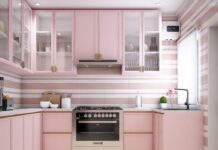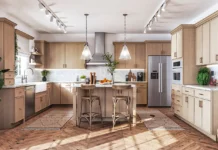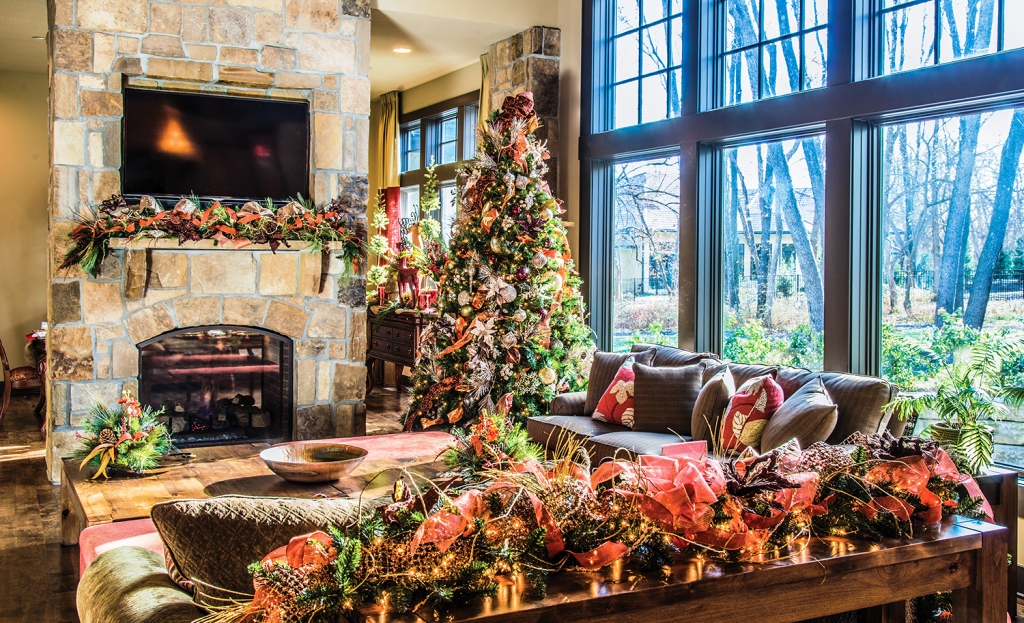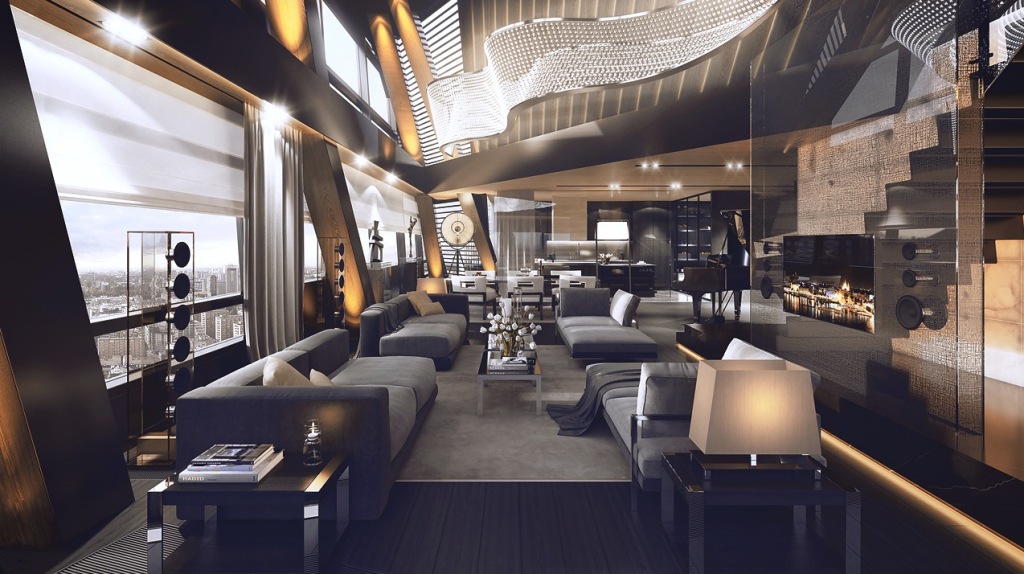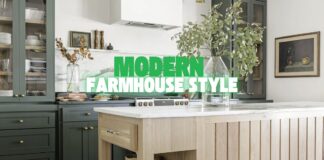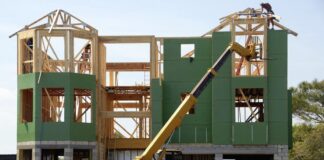The apron protects the walls in the work area from grease and dirt, steam, and heat, while it is always in sight and the first to catch the eye when entering the kitchen. Therefore, it must be, firstly, simply unbeatable, and secondly, beautiful.
Following Are the Types of Material With Their Advantages and Disadvantages.
1. Ceramic tile
Ceramic tiles are the most demanded material for finishing an apron.
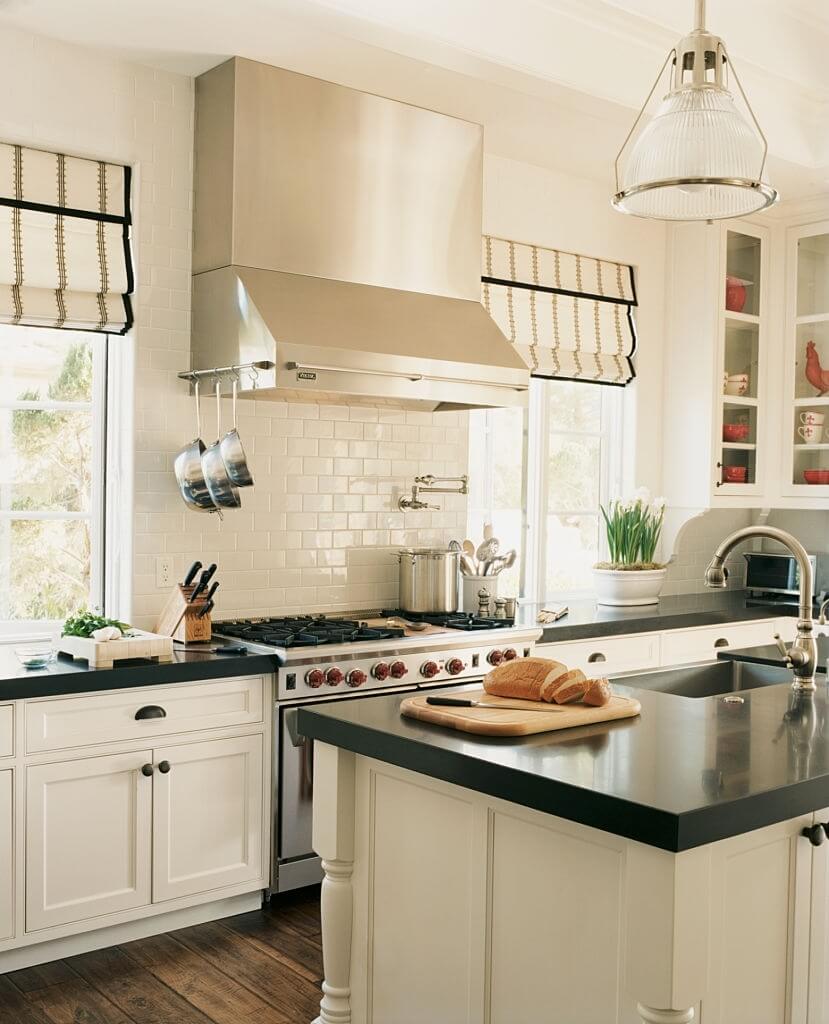
Advantages
It is easy to clean, durable, resistant to moisture, fire, alkalis, and acids. The tile is environmentally friendly and inexpensive. Among ceramic tiles, there is a wide variety of shapes and sizes, textures and designs, and there are a great many methods of installation. The tile can be combined with any countertop, organically fit into both modern and classic interiors. If you wish, you can install the wall tiles yourself.
Disadvantages
The tile apron has a weak point – the seams. If the tile is cleaned once or twice, you must tinker with the grout and periodically update it. Another drawback is that the installation process is rather messy and requires an even base.
2. Mosaic
Mosaics can be made of ceramics, porcelain stoneware, glass, smalt, stone, and metals, and sometimes all of these materials simultaneously. The mosaic is for sale already folded on a grid matrix.
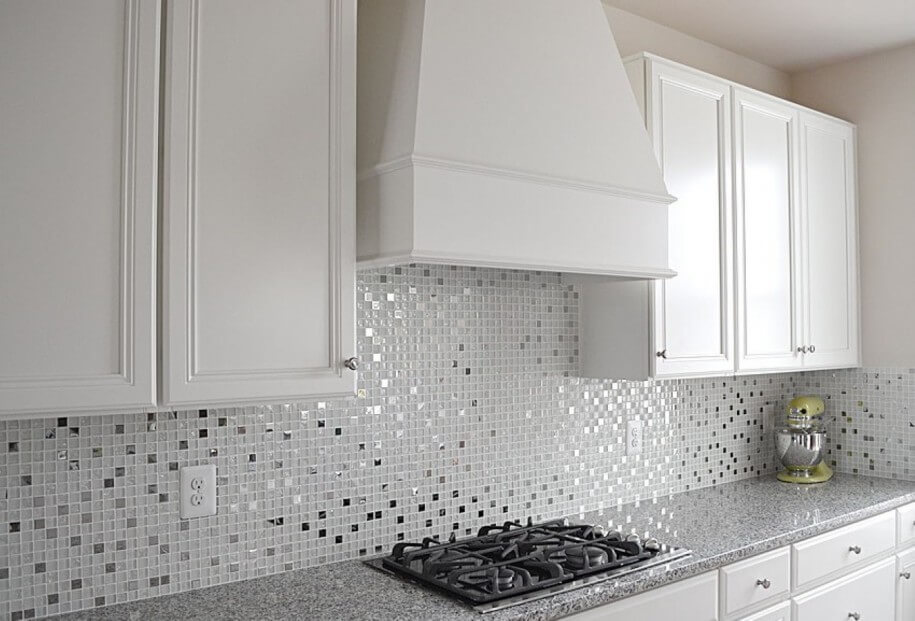
Advantages
Strength (especially smalt mosaics), the possibility of facing a curved or simply not too flat surface, the ability to compose a complex and unique artistic composition.
Disadvantages
Many seams, a high price (higher than for ceramic tiles), a little more complexity, and a high installation cost, especially when laying a complex pattern.
3. Artificial and natural stone
Most often, tiles (slabs) made of natural/artificial granite or marble with a thickness of about 2 cm are used for finishing the apron.
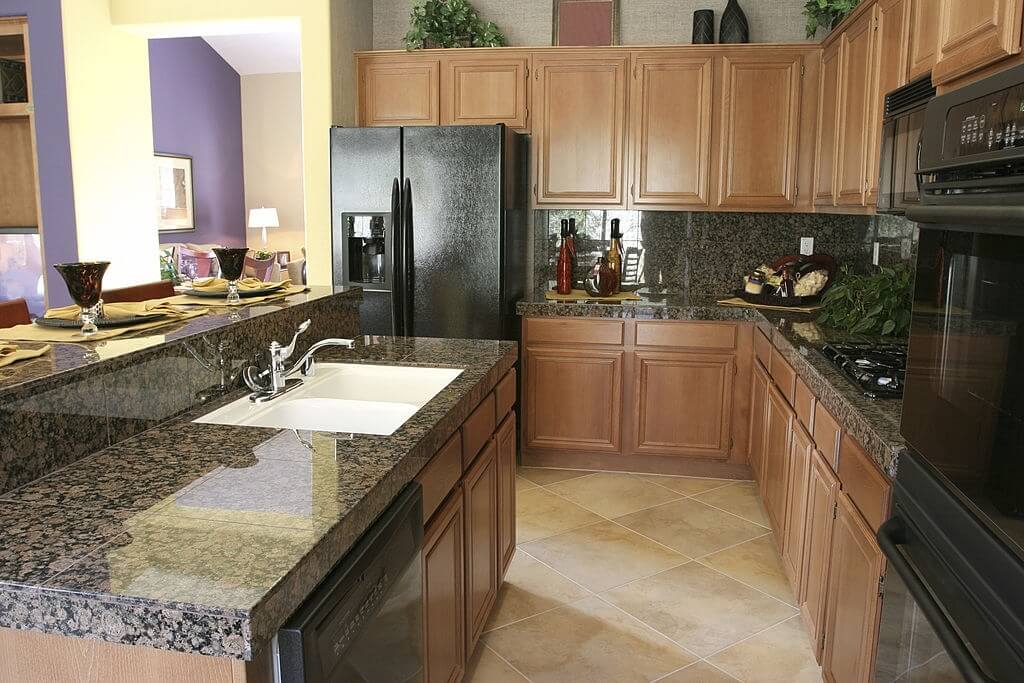
Advantages of artificial stone
Ease of maintenance, durability, the seamlessness of the finished apron, variety of colors and textures, the possibility of restoration.
Disadvantages of artificial stone
High price (higher than for porcelain stoneware, ceramics, glass).
Advantages of granite
Due to its density and hardness, granite is durable, not afraid of fire and temperature changes, does not absorb moisture and dirt. The color of the granite apron can have a very different shade – gray-pink (the most common and inexpensive), yellow, blue, brown, red, black, and almost white.
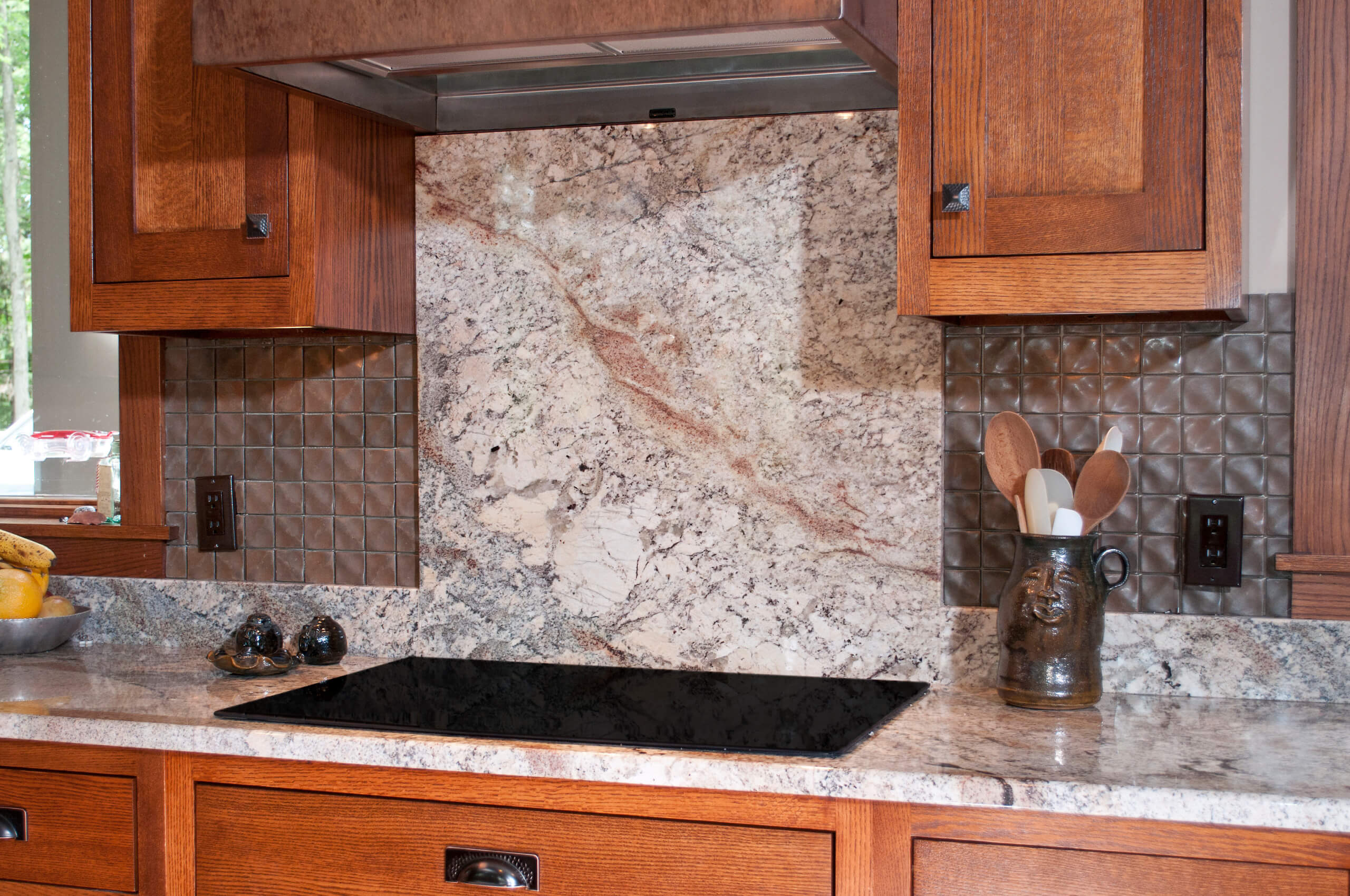
Disadvantages of granite
High price, the need for professional installation. Granite purchased from an unscrupulous manufacturer may be radioactive.
Advantages of marble
The marble apron is perhaps the most beautiful. Domestic marble can be relatively inexpensive.
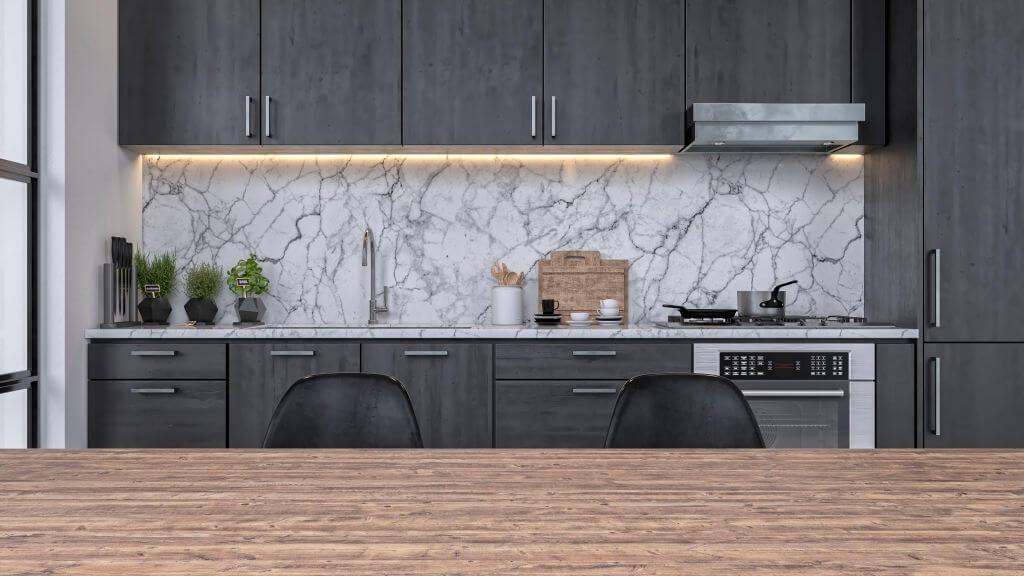
Disadvantages of a marble
Marble has high moisture absorption, so it absorbs grease and dirt. The shine loses over time, and some stains, such as rust or beetroot juice, may not wash off.
4. Glass apron
To decorate the kitchen apron, they use not simple glass but tempered glass since it is more impact-resistant and safer. If you try hard and break the glass, it will damage not into sharp fragments but small and smooth stones. A glass apron is hung on special dowels with decorative plugs.

Advantages
The glass apron can be washed even with a brush, and by any means, it is not scratched, is not afraid of fire, sunlight, temperature changes. Service life is about ten years. Clear glass can be installed over delicate finishes such as wallpaper or painted walls, photo collages or posters, brickwork, or wood.
Disadvantages
Glass apron is made only to order precisely according to individual dimensions; it will not be possible to cut it at the installation stage. Installation is carried out only by professionals. Another significant drawback of glass is its high cost (from 5000 rubles per square meter).
MDF and chipboard
It is not practical, safe, and expensive to use wood for finishing an apron. Therefore it is replaced with budget imitations – MDF or laminated chipboard. The thickness of such an apron can be from 4 to 15 mm. As a rule, MDF and chipboard are selected for the countertop.
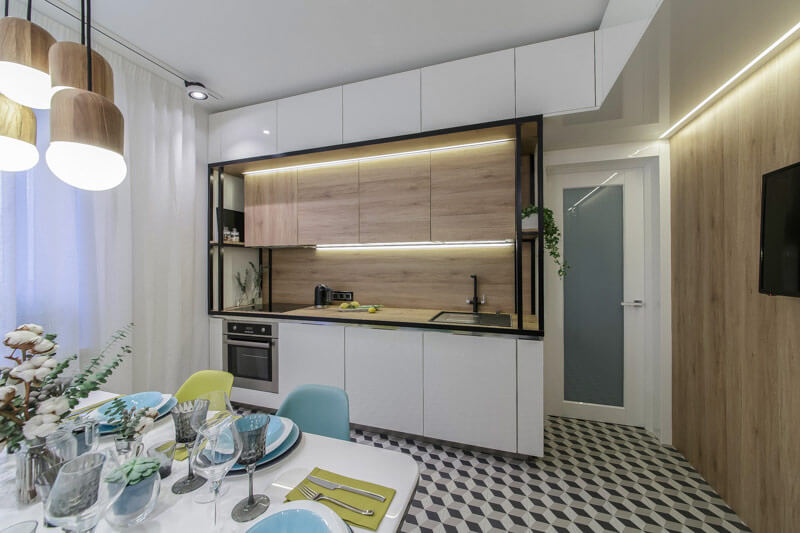
Advantages
The ability to arrange an apron to match a wooden or stone countertop, low price, easy and quick installation even on a curved wall, ease of maintenance.
Disadvantages
MDF and chipboard are not suitable for finishing the area behind the stove (mainly gas), firstly, because of their high flammability, and secondly, because of their sensitivity to aggressive cleaning. Therefore, these materials are combined with a stainless steel insert or glass screen. Another drawback of the MDF / chipboard apron is the presence of seams between the sheets, which are closed with moldings and corners, which complicates cleaning the kitchen and does not look good.
It is essential to make the right choice of wall panels. Remember the most basic rule: try to purchase panels for the kitchen only in specialized stores. The company must have an appropriate certificate for the sale of materials and guarantee its products.

